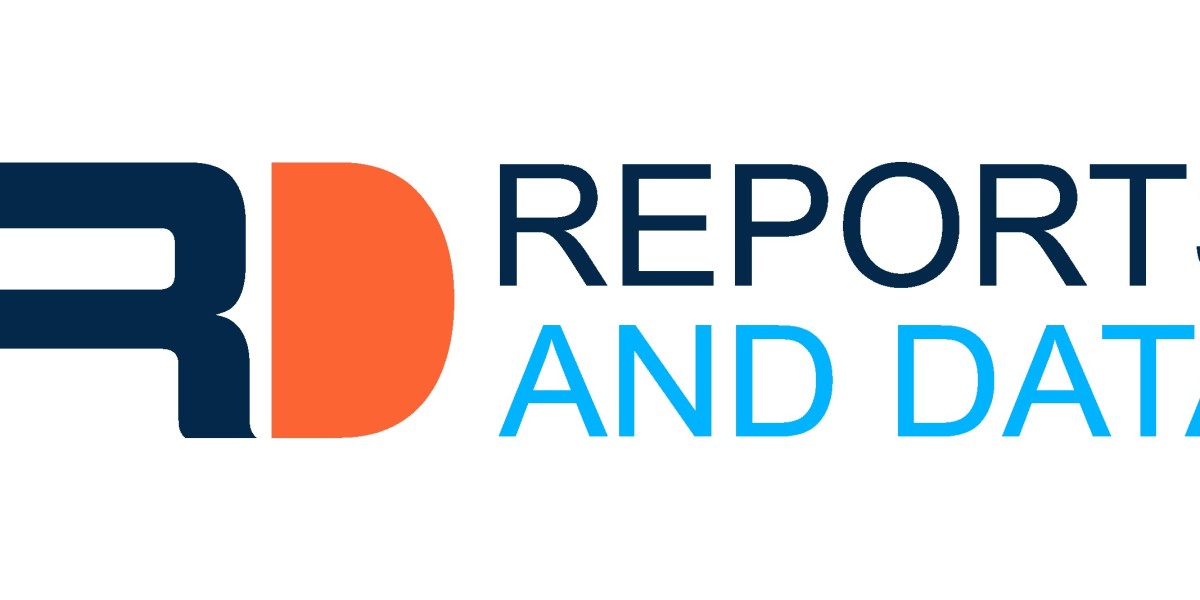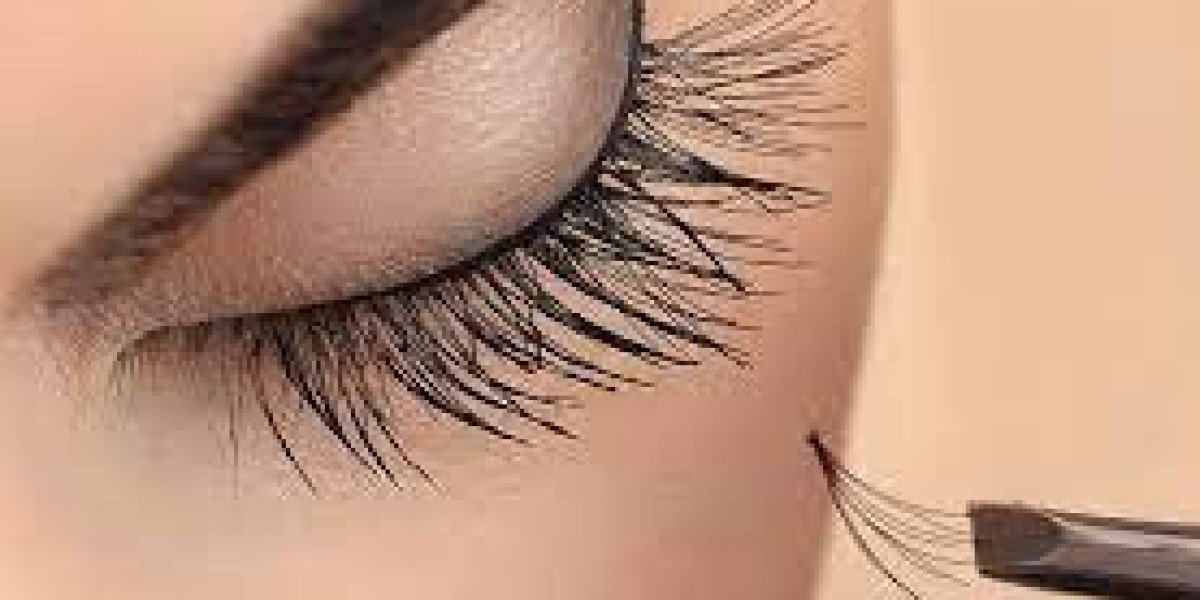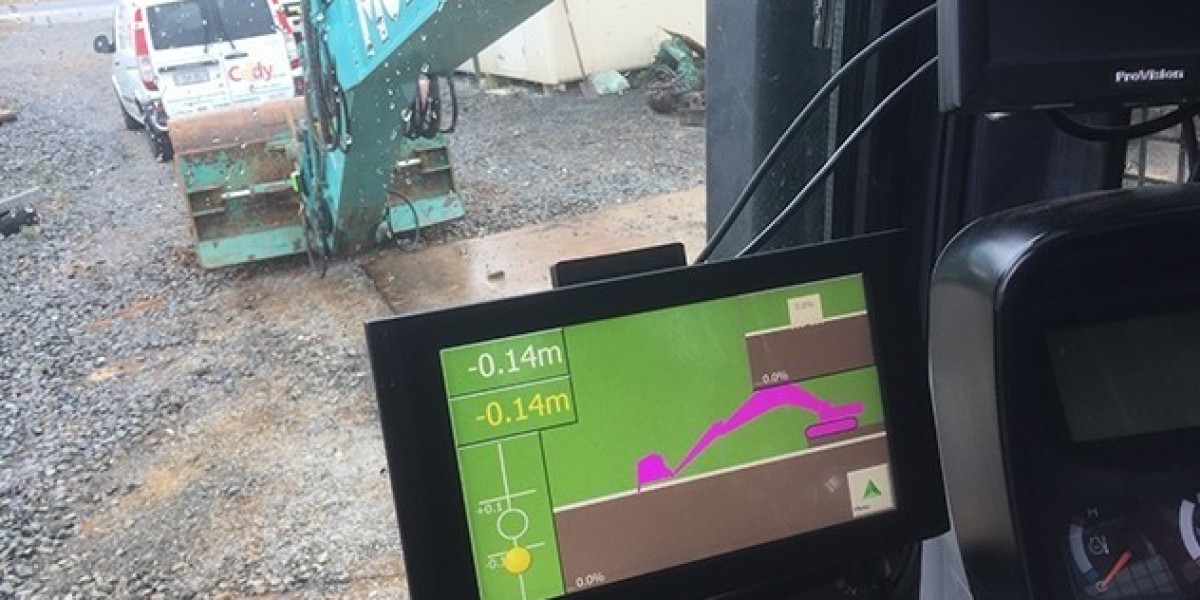Remote cardiac monitoring is a technology that allows physicians to monitor their patients from a distance. The technology is used to monitor patients with a variety of heart-related conditions, including atrial fibrillation, ventricular tachycardia, and arrhythmias.
Remote cardiac monitoring systems consist of a monitor and a variety of sensors and electrodes. The sensors and electrodes are attached to the patient’s body and measure the electrical activity of the heart. The data is then transmitted to the monitor, which can be located either in a hospital setting or in the patient’s home. The data is then interpreted by a cardiologist or other medical professional.
The main advantage of remote cardiac monitoring is that it allows physicians to monitor their patients without the need for in-person visits. This can be especially useful for patients who have difficulty traveling to the hospital or those who live in remote areas. It also allows physicians to keep track of their patient’s health without having to be in the same room.
Cardiac Monitoring Devices
Cardiac monitoring devices are used to measure the electrical activity of the heart. These devices come in a variety of shapes and sizes, from small, portable monitors to large, complex systems. The most common type of device is the Holter monitor, which is used to measure the electrical activity of the heart over a period of time. Other devices include event recorders, which are used to record short episodes of abnormal heart rhythms, and implantable cardiac monitors, which are implanted into the patient’s chest and continuously monitor the heart’s electrical activity.
Cardiac monitoring devices are becoming increasingly sophisticated, making it easier for physicians to accurately diagnose and monitor their patients’ heart-related conditions. In addition, these devices are becoming more user-friendly, allowing patients to easily operate them without the need for medical assistance.








